Home>Interior Design>Designer Nina Campbell’s Essential Design Rules For Every Room In Your Home
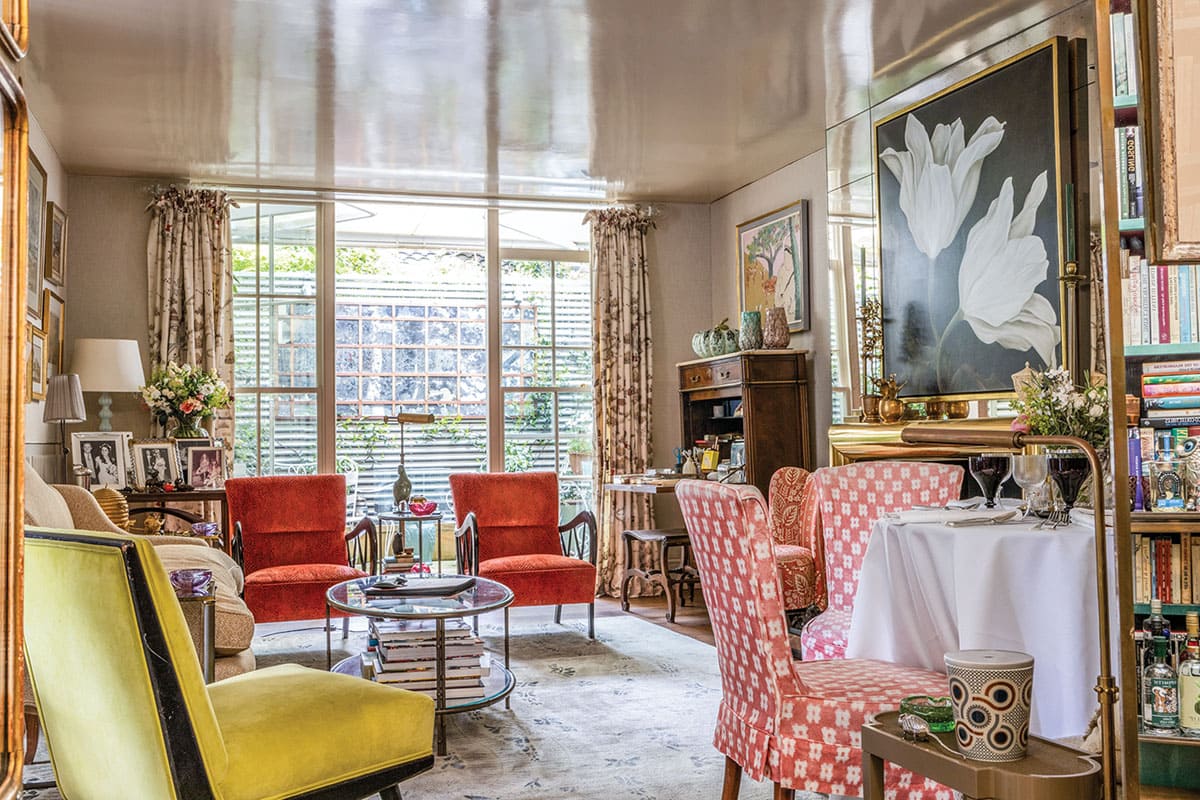

Interior Design
Designer Nina Campbell’s Essential Design Rules For Every Room In Your Home
Modified: January 19, 2024
Discover designer Nina Campbell's essential interior design rules for every room in your home. Transform your space with expert tips and create a stylish and functional environment.
(Many of the links in this article redirect to a specific reviewed product. Your purchase of these products through affiliate links helps to generate commission for Storables.com, at no extra cost. Learn more)
Introduction
Welcome to the world of interior design, where creativity meets functionality to transform houses into homes and spaces into sanctuaries. Interior design is a artform that requires a keen eye for aesthetics, a deep understanding of space planning, and a knack for creating environments that suit both our visual preferences and our everyday needs. Whether you’re decorating a small apartment or renovating an entire house, having a set of design rules to guide you can ensure that your design choices are cohesive, functional, and visually pleasing.
In this article, we will explore the essential design rules for every room in your home, as shared by renowned designer Nina Campbell. With over five decades of experience in the industry, Campbell has perfected the art of creating timeless and elegant interiors that reflect her clients’ individuality. So, let’s dive in and discover how to transform your space with these expert design rules.
Key Takeaways:
- Prioritize functionality in interior design by assessing the room’s purpose, traffic flow, and storage needs. Achieve a balance between practicality and aesthetics to create a beautiful and efficient space.
- Incorporate personal touches, wall art, and intentional furniture placement to infuse your unique personality into your home. Keep the space clutter-free to promote a sense of calm and well-being.
Rule 1: Focus on Functionality
One of the fundamental principles of interior design is to prioritize functionality. Before diving into the aesthetics of a space, it’s crucial to assess how the room will be used and what activities it needs to accommodate. Consider the practical aspects such as traffic flow, storage needs, and the specific requirements of the room.
Start by asking yourself a few questions: How will you be using the room? What are the essential activities that will take place in this space? For example, if you’re designing a living room, think about whether it will primarily be used for entertaining guests or as a cozy family gathering spot. By understanding the purpose and function of the space, you can make informed decisions about the layout and design elements that will support those activities.
When planning the layout, ensure that there is a logical flow between different areas and that pathways are unobstructed. Consider the placement of furniture and ensure that it allows for easy movement and accessibility. Pay attention to the scale and proportion of the furnishings, as oversized or insufficiently sized pieces can disrupt the functionality of a room.
Storage is another crucial aspect of functionality. Clutter can quickly overwhelm a space, making it feel chaotic and disorganized. Integrate storage solutions such as built-in cabinets, shelving units, or creative storage hacks to keep your space tidy and efficient. Assess your storage needs and find ways to incorporate it seamlessly into the design.
Remember, functionality doesn’t mean sacrificing style. It’s about finding the perfect balance between practicality and aesthetics. With a focus on functionality, you can create a space that not only looks beautiful but also enhances your daily life.
Rule 2: Create a Cohesive Color Palette
Color is a powerful tool in interior design, capable of evoking emotions, setting the mood, and creating visual harmony. When it comes to choosing colors for your space, it’s essential to create a cohesive color palette that ties the room together.
Start by selecting a primary color that will serve as the foundation of your palette. This color can be applied to larger surfaces such as walls or large furniture pieces. Consider the mood you want to establish in the room. Are you aiming for a serene and calming atmosphere? In that case, opt for cool tones such as blues or greens. If you prefer a more energetic and vibrant feel, warmer tones like yellows or oranges might be suitable.
Once you have your primary color, choose two to three complementing colors to add depth and visual interest. These secondary colors can be incorporated through accessories, artwork, rugs, or smaller pieces of furniture. Aim for a balance between these colors, ensuring they work harmoniously together.
Remember to consider the natural light in the room when selecting colors. Natural light can significantly affect how colors appear, so it’s essential to test your paint samples and fabrics in different lighting conditions. Additionally, pay attention to the undertones of your chosen colors – warm or cool undertones can impact how colors interact with each other.
Creating a cohesive color palette doesn’t mean you have to stick to just one shade of each color. You can play with different shades and tones within the same color family to add depth and dimension. Consider using lighter shades for larger surfaces and darker ones for accents or focal points.
Finally, don’t forget about neutrals. Neutrals such as whites, grays, or beiges can act as a backdrop to highlight your chosen colors and create a sense of balance. They can also provide a timeless and versatile base, allowing you to easily change the look of your space by swapping out accessories or accent colors.
By carefully curating a cohesive color palette, you can create a visually appealing and harmonious space that reflects your personal style and sets the desired mood.
Rule 3: Balance Patterns and Textures
Patterns and textures are essential elements in interior design as they add visual interest and depth to a space. When incorporating patterns and textures into your design, it’s important to strike a balance to avoid overwhelming the room.
Start by selecting a dominant pattern or texture that will serve as a focal point in the room. This could be a large-scale floral print on a sofa, a bold geometric pattern on a rug, or a textured wallpaper on an accent wall. This dominant pattern or texture will set the tone for the overall design and can be used as a starting point for selecting complementary patterns and textures.
Once you have your dominant pattern or texture, select one or two supporting patterns or textures that coordinate with it. These secondary patterns should be different in scale and style to create visual interest. For example, if you have a large floral print as your dominant pattern, consider incorporating a smaller geometric pattern or a subtle stripe as a supporting pattern. These supporting patterns can be incorporated through throw pillows, curtains, or artwork.
When mixing patterns, be mindful of the color palette. Choose patterns that share at least one or two colors in common to create a cohesive look. This will help tie the patterns together and prevent the design from feeling chaotic.
In addition to patterns, consider incorporating a variety of textures to add depth and tactile appeal to the space. This can be done through the use of different materials such as velvet, linen, leather, or wood. Utilize textured elements in furniture, cushions, rugs, or wall finishes to create visual and tactile contrast.
Keep in mind that not every surface or piece of furniture needs to have a pattern or texture. Balance is key, and it’s important to leave some areas more minimalistic to provide visual relief. Use solid colors or simple textures as a backdrop to allow the patterns and textures to shine.
By carefully balancing patterns and textures, you can create a visually stimulating and cohesive design that adds character and interest to your space without overwhelming it.
Rule 4: Layer Lighting for Ambiance
Lighting is a crucial aspect of interior design that can greatly impact the mood and ambiance of a space. To create a well-lit and inviting environment, it’s important to incorporate multiple layers of lighting.
Start by considering the natural light in the room. Take advantage of windows and skylights to bring in as much natural light as possible during the day. Natural light not only illuminates the space but also enhances the overall aesthetic and creates a sense of openness.
Next, focus on the general or ambient lighting. This is the primary source of light in the room, providing overall illumination. Ceiling-mounted fixtures, such as chandeliers, flush mounts, or recessed lights, are common options for ambient lighting. Ensure that the fixtures are appropriately sized for the room and consider the height of the ceiling when selecting the style and design of the fixtures.
Once you have your general lighting in place, it’s time to add task lighting. Task lighting serves a specific function, such as reading, cooking, or working. It should be strategically placed to provide adequate lighting for these activities. Desk lamps, under-cabinet lighting in the kitchen, or wall-mounted sconces near a chair or bed are examples of task lighting options.
Ambient and task lighting can create a functional space, but to truly enhance the ambiance, incorporate accent lighting. Accent lighting highlights specific features, objects, or architectural elements in the room. This can be achieved through the use of track lighting, picture lights, or spotlights. Consider using accent lighting to showcase artwork, architectural details, or display shelves.
Finally, don’t forget about the importance of dimmers. Installing dimmer switches allows you to adjust the intensity of the light, creating different atmospheres depending on the occasion. Dimmers provide flexibility and control, allowing you to set the mood and create a cozy ambiance in the evenings or a brighter, more energizing atmosphere during daytime activities.
By layering different types of lighting, you can create a well-balanced and inviting space that adapts to different needs and occasions. Remember to consider the purpose of the room and the activities that will take place when planning your lighting design.
Rule 5: Embrace Symmetry and Balance
Symmetry and balance are key principles in interior design that can create a sense of harmony and visual cohesion. By embracing these concepts, you can create a space that feels well-proportioned and aesthetically pleasing.
Start by considering the overall layout of the room. Aim to create symmetrical arrangements whenever possible. This can be achieved by placing matching or similar furniture pieces on opposite sides of the room. For example, you can position identical armchairs or side tables on either side of a fireplace or arrange a pair of lamps on either end of a console table.
In addition to furniture placement, pay attention to the placement of accessories and decor items. Keep in mind that balance doesn’t necessarily mean everything needs to be a mirror image. It can also be achieved through asymmetrical balance, where objects of similar visual weight are placed at appropriate distances from each other. For instance, you can balance a large artwork on one side of the wall with a grouping of smaller artworks on the other side.
Consider the visual weight of items when creating balance. Larger or visually heavy pieces can be balanced by multiple smaller items or by adding a pop of color or texture on the opposite side. This will help create a sense of equilibrium in the space.
When working with rooms that have an odd shape or architectural quirks, it’s important to adapt to the space while still maintaining a sense of balance. Look for opportunities to create symmetry, even if it’s on a smaller scale. For example, you can balance an off-center window with a properly placed pair of curtains or flank an irregularly shaped fireplace with matching bookshelves.
Remember that balance goes beyond just the visual aspect. It also includes balancing the use of colors, patterns, and textures within a space. Consider the overall composition and ensure that these elements work harmoniously together.
By embracing symmetry and balance, you can create a visually pleasing and well-proportioned space that radiates a sense of harmony and elegance.
When designing a room, always start with a focal point such as a piece of art or a statement furniture piece to build the rest of the design around.
Rule 6: Make Furniture Placement Intentional
The placement of furniture in a room is not just a matter of convenience; it plays a crucial role in defining the functionality, flow, and overall aesthetic of the space. Intentional furniture placement can transform a room, making it feel inviting, well-organized, and visually appealing.
Start by considering the purpose of the room and how you want to use the space. This will guide you in determining the types of furniture needed and where they should be placed. For example, in a living room, you might want to create a conversation area by arranging sofas and chairs around a coffee table. In a bedroom, you might want to prioritize the placement of the bed and ensure easy access to dressers or nightstands.
When arranging furniture, keep in mind the flow and traffic patterns of the room. Ensure there is enough space for people to move around without feeling cramped or obstructed. Avoid blocking doorways, windows, or pathways by keeping furniture away from these areas. Creating clear pathways will not only enhance the functionality of the room but also contribute to a sense of openness and accessibility.
Consider the focal point of the room and arrange furniture to highlight it. The focal point could be a fireplace, a beautiful view, a statement piece of furniture, or even a piece of artwork. Arrange furniture to direct attention towards the focal point, creating a visually appealing and cohesive design.
Pay attention to the scale and proportion of the furniture in relation to the room. Oversized furniture can make a small room feel cramped, while small furniture in a large room can appear insignificant. Maintain a balance by selecting furniture that suits the scale of the room. Also, consider the height of the ceilings and the overall architectural features of the space when selecting furniture pieces.
Think about the arrangement of multiple furniture pieces in relation to each other. Aim for a sense of balance and cohesion while avoiding a cluttered or crowded look. Create visual interest by mixing different shapes, sizes, and styles of furniture, but be mindful of maintaining a sense of unity throughout the space.
Finally, experiment with different furniture layouts to find the one that best suits your needs and the architectural features of the room. Don’t be afraid to rearrange and try out different configurations until you find the one that feels right.
By making furniture placement intentional, you can optimize the functionality, flow, and overall aesthetic of your space, creating a comfortable and visually pleasing environment.
Rule 7: Pay Attention to Proportions
Proportions play a crucial role in interior design, affecting the overall visual balance and harmony of a space. When choosing furniture, accessories, and other design elements, it’s important to pay attention to proportions to ensure a well-designed and visually appealing room.
Start by considering the size and scale of the room itself. A small room with low ceilings will require different proportions than a large, open-concept space. Take measurements and consider how the size of the room will impact the scale of the furniture and other design elements.
The furniture you choose should be in proportion to the size of the room. Oversized furniture in a small space can make it feel cramped and crowded, while too many small pieces in a large room can create a sense of insignificance. Aim for a balance by selecting furniture that suits the scale of the room, allowing for comfortable movement and a visually pleasing composition.
In addition to furniture, consider the proportions of other design elements, such as artwork, lighting fixtures, and accessories. Pay attention to the height, width, and depth of these elements as they relate to each other and the space. For example, choose artwork that is proportional to the wall it will be displayed on, and select lighting fixtures that are appropriate for the ceiling height and size of the room.
When arranging furniture and accessories, keep in mind the concept of visual weight. Some furniture pieces or design elements may appear heavier or visually dominant than others. Distribute these elements throughout the room to create a sense of balance. For example, if you have a large, visually heavy piece of furniture, balance it with other elements of similar visual weight to create equilibrium.
Consider the proportions of individual furniture pieces as well. Pay attention to the height and width of chairs, sofas, and tables, ensuring that they work harmoniously together. Avoid mismatched proportions that can create a disjointed or chaotic look.
Lastly, remember that proportions are not only about size but also about creating visual harmony in a space. Consider the overall composition and how different design elements interact with each other. Experiment with different arrangements and proportions until you achieve a pleasing and balanced aesthetic.
By paying attention to proportions, you can create a well-designed space that feels harmonious, balanced, and visually appealing.
Rule 8: Add Personal Touches
Incorporating personal touches is an essential rule in interior design, as it allows you to infuse your unique personality and style into your home. Your home should be a reflection of who you are and what you love, so don’t be afraid to add those personal touches that make the space feel truly yours.
Start by considering your interests, hobbies, and memories. Display pieces that have sentimental value, such as family photos, heirlooms, or souvenirs from your travels. These personal items can tell a story and bring warmth and character to your space.
Add artwork or DIY projects that you have created or that resonate with you. Whether it’s a painting, a sculpture, or a collage, displaying your own creations or supporting local artists can make your space feel unique and personal. Consider framing and hanging prints of your favorite quotes or lyrics that hold special meaning to you.
Another way to add personal touches is to incorporate items that showcase your hobbies or interests. If you love music, display your instrument or create a designated area for vinyl records. If you’re a bookworm, create a cozy reading nook with a comfortable chair and shelves filled with your favorite books.
Pay attention to the textures, colors, and patterns that resonate with you. Choose fabrics and materials that you find visually appealing and comfortable. Incorporate colors that you love and that bring you joy when you enter the space. Consider adding textured elements through rugs, pillows, or curtains to add depth and tactile appeal.
Don’t forget about the power of scent in creating a personal atmosphere. Use scented candles, diffusers, or fresh flowers to create a signature fragrance in your space. Scent can evoke memories and feelings, making your home even more personal and inviting.
Finally, remember that the goal is to create a space that reflects your individuality and makes you feel at home. Don’t be afraid to break design rules and experiment with unconventional ideas. The most important thing is that you feel comfortable and connected to your surroundings.
By adding personal touches, your space will become a true reflection of yourself, creating a unique and inviting environment that brings you joy and happiness.
Rule 9: Incorporate Wall Art
Wall art is a powerful design element that can add personality, style, and visual interest to any space. Whether you prefer paintings, prints, photographs, or unique wall sculptures, incorporating wall art is a rule of interior design that can elevate the look and feel of your home.
Start by selecting pieces of art that resonate with you and reflect your personal taste. Consider the style, subject matter, and color palette that you are drawn to. Art is subjective, so choose pieces that you genuinely love and that evoke emotion or inspiration.
Consider the size and scale of the wall in relation to the artwork. A large empty wall can accommodate a substantial piece or a gallery wall of smaller artworks, while a smaller wall might require a single, carefully selected piece. Pay attention to the proportions and balance between the artwork and the wall to create a visually appealing composition.
When arranging multiple pieces of art, think about the overall layout and visual flow. Experiment with different configurations before committing to a final arrangement. You could create a symmetrical grouping with equal spacing between each frame, or a more organic arrangement with different sizes and shapes placed strategically.
Don’t limit yourself to traditional framed artwork. Consider alternative options such as wall sculptures, textile art, or even a curated display of objects and trinkets that hold special meaning to you. Mix different textures and materials to add depth and visual interest to the wall.
Keep in mind the lighting in the room when selecting and placing your wall art. Proper lighting can enhance the impact of artwork, so consider adding accent lighting or track lighting to highlight your favorite pieces. Experiment with different lighting angles and intensities to achieve the desired effect.
Lastly, don’t be afraid to change and update your wall art over time. As your tastes and interests evolve, your art collection can evolve with you. Rearrange or switch out pieces to keep your space fresh and inspiring.
Incorporating wall art brings life and personality to your walls, creating a focal point and showcasing your unique style. It allows you to showcase your interests, ignite conversation, and make a statement in your home. So, let your walls be a canvas for self-expression and creativity.
Rule 10: Keep the Space Clutter-Free
A clutter-free space is not only visually pleasing, but it also creates a sense of calm and promotes a peaceful environment. By following this final rule of interior design, you can maintain an organized and harmonious space that allows your design choices to shine.
Start by decluttering your space and removing unnecessary items. Take a critical look at your belongings and ask yourself if they are truly serving a purpose or if they are just taking up space. Keep only the items that are functional, meaningful, and contribute to the overall aesthetic.
Utilize storage solutions to keep items out of sight and maintain a clean and tidy appearance. Invest in furniture pieces that offer built-in storage, such as ottomans with hidden compartments or coffee tables with drawers. Use baskets, bins, and boxes to corral smaller items and maintain a sense of order. By having designated spaces for specific items, you can easily find what you need and avoid unnecessary clutter.
Regularly assess your space and consider if any items have lost their relevance or are no longer bringing you joy. Don’t be afraid to let go of things that no longer serve a purpose in your life. By regularly decluttering and purging, you create space for new experiences and opportunities.
Simplify your decor by choosing a few statement pieces rather than filling your space with numerous small accessories. This allows each piece to stand out and creates a cleaner and more impactful design. Remember the phrase “less is more” and let the beauty of your selected items shine.
Keep surfaces, such as countertops and tables, clear of unnecessary items. Choose a few carefully curated and meaningful objects to display rather than cluttering every available space. This will create a more organized and visually appealing look.
Develop a habit of tidying up regularly to maintain a clutter-free space. Spend a few minutes each day putting things back in their designated places. By adopting this routine, you can avoid accumulation of unnecessary clutter and maintain an orderly and peaceful environment.
By keeping your space clutter-free, you allow the design and decor elements to take center stage. Your space will feel more open, inviting, and relaxing. Not only will it be visually pleasing, but it will also promote a sense of well-being and tranquility.
Conclusion
Incorporating these essential design rules into your home can transform your space into a haven that reflects your personal style and enhances your everyday life. By focusing on functionality, creating a cohesive color palette, balancing patterns and textures, layering lighting, embracing symmetry and balance, making intentional furniture placements, paying attention to proportions, adding personal touches, incorporating wall art, and keeping the space clutter-free, you can create a well-designed and harmonious environment.
Remember that the beauty of interior design lies in the balance between aesthetics and functionality. Each of these design rules contributes to creating a space that is not only visually pleasing but also supports your lifestyle and needs. Whether you’re working with a small apartment or a spacious house, these principles can be applied to any space to create a welcoming and stylish home.
As you embark on your interior design journey, don’t be afraid to trust your instincts and let your creativity shine through. Infuse your personal style, memories, and interests into your space, and be open to experimenting with different elements to find what works best for you.
Remember, interior design is an ever-evolving process. Over time, your tastes and preferences may change, and your home should reflect that. Stay open to new ideas and don’t be afraid to update and refresh your space to keep it aligned with your personal growth and evolving design aesthetic.
By following these design rules and infusing your own creativity, your home will not only be a beautiful sanctuary but also a reflection of your unique personality. So, take these principles as a starting point, express yourself through your design choices, and create a space where you can truly thrive and find comfort.
Frequently Asked Questions about Designer Nina Campbell's Essential Design Rules For Every Room In Your Home
Was this page helpful?
At Storables.com, we guarantee accurate and reliable information. Our content, validated by Expert Board Contributors, is crafted following stringent Editorial Policies. We're committed to providing you with well-researched, expert-backed insights for all your informational needs.


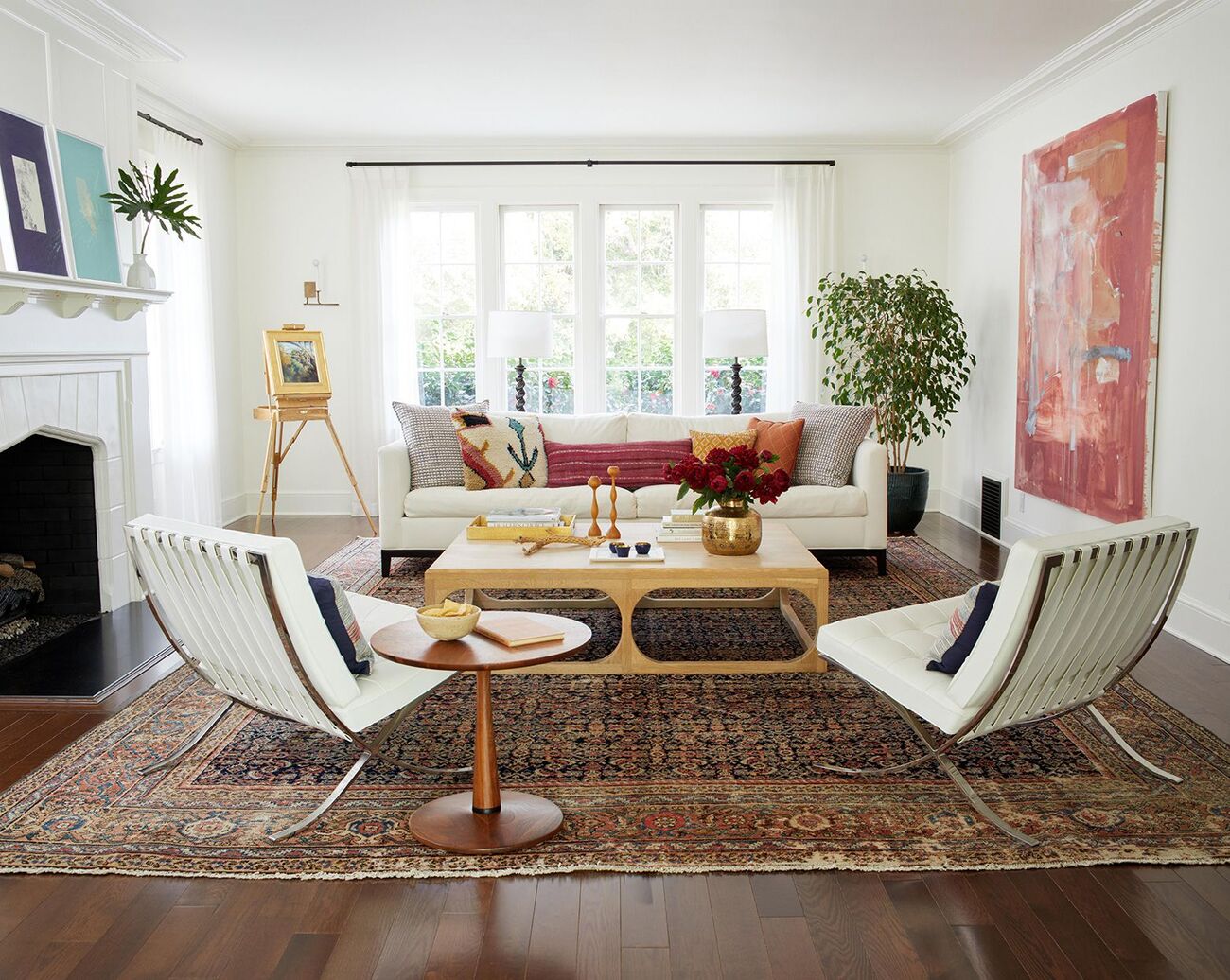
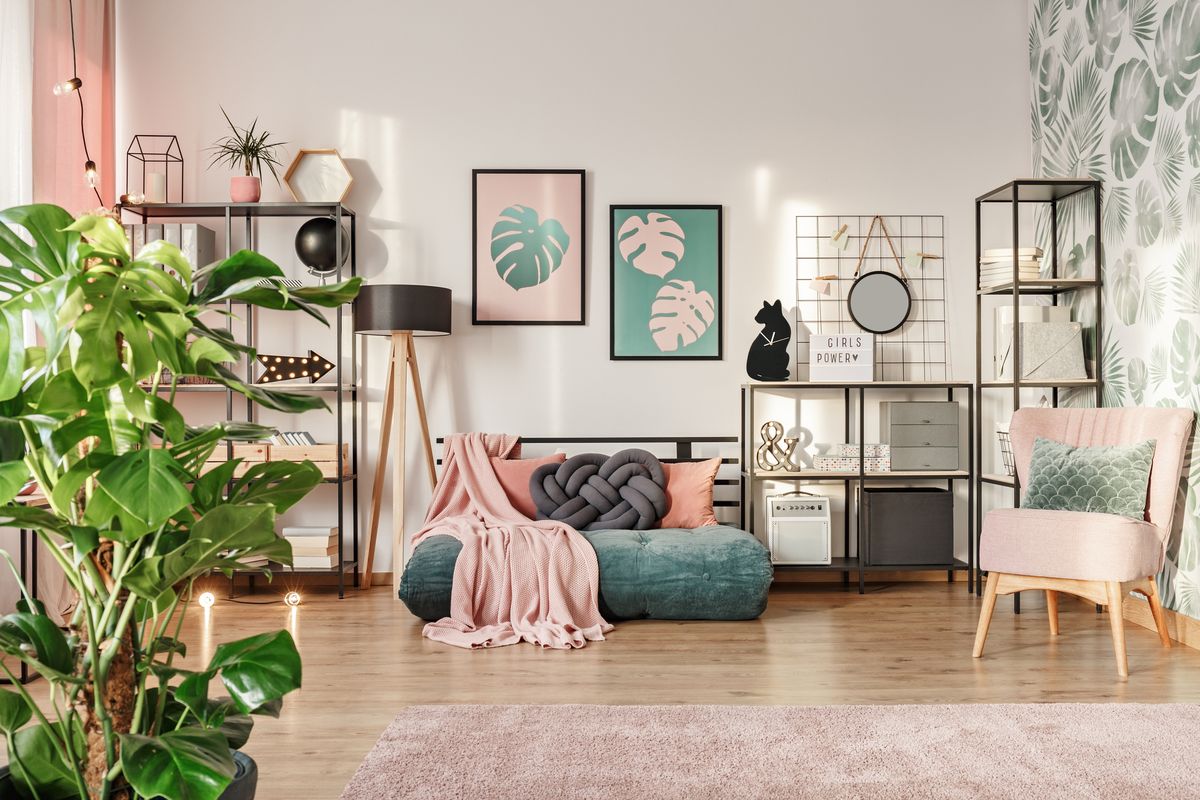
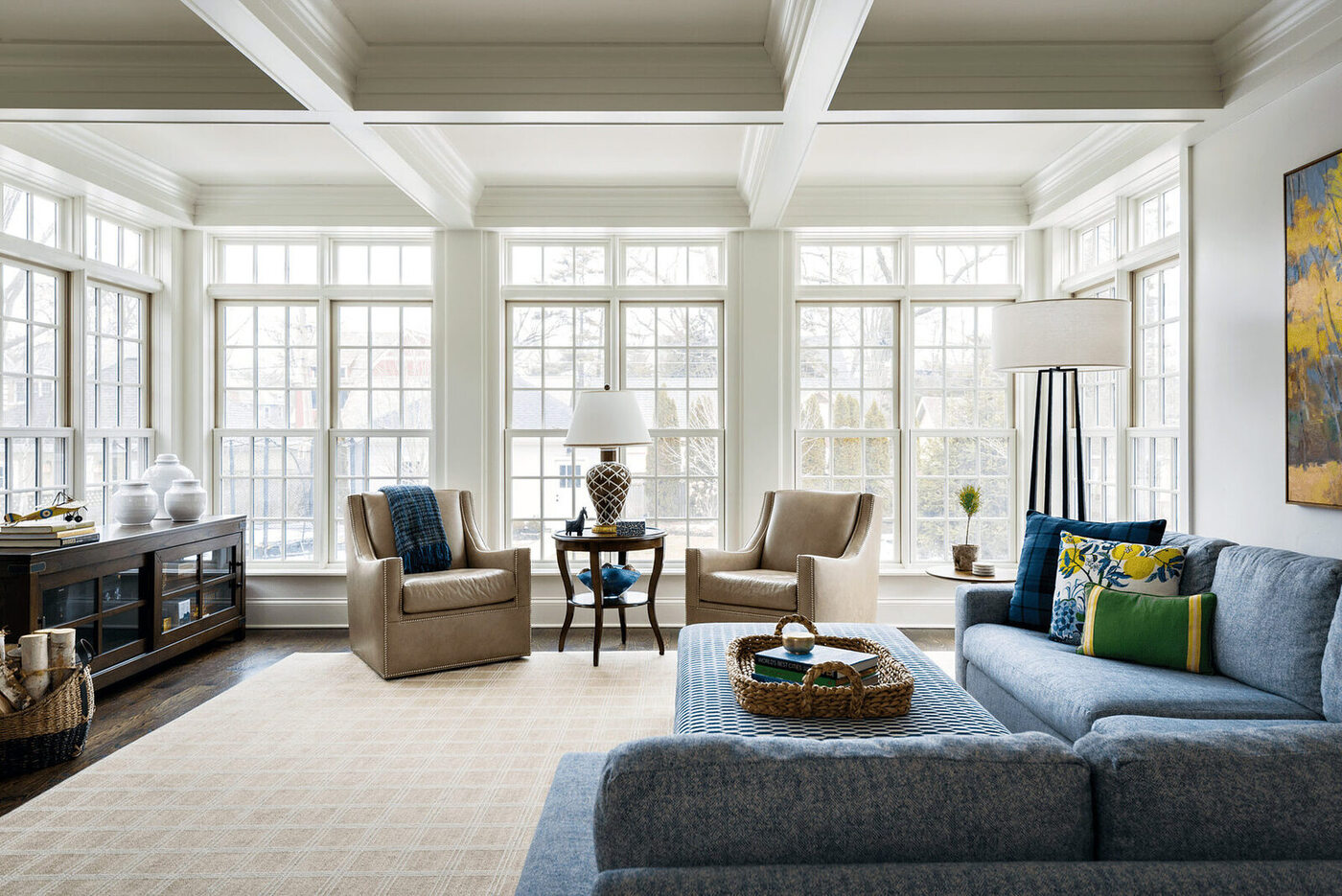
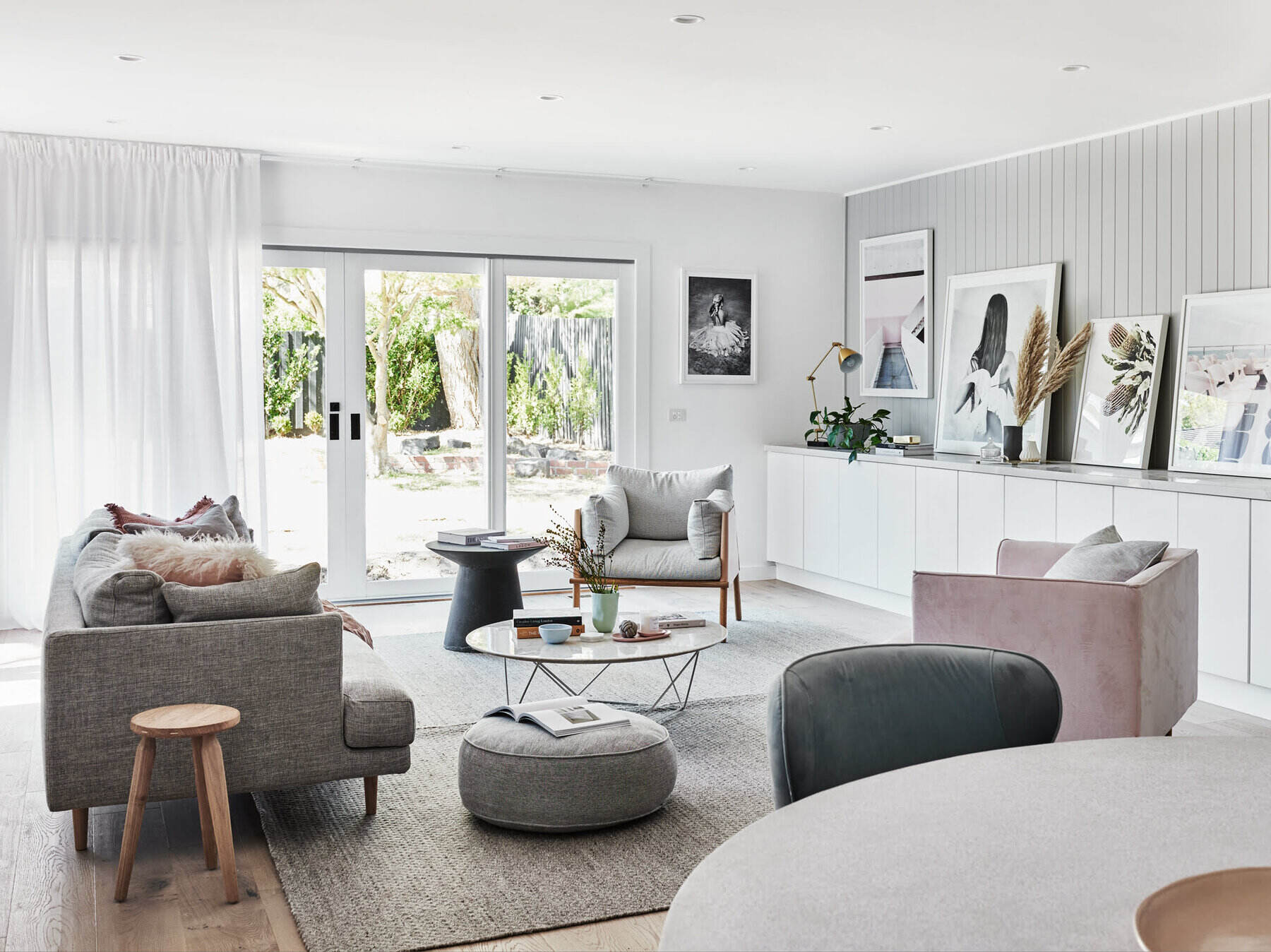
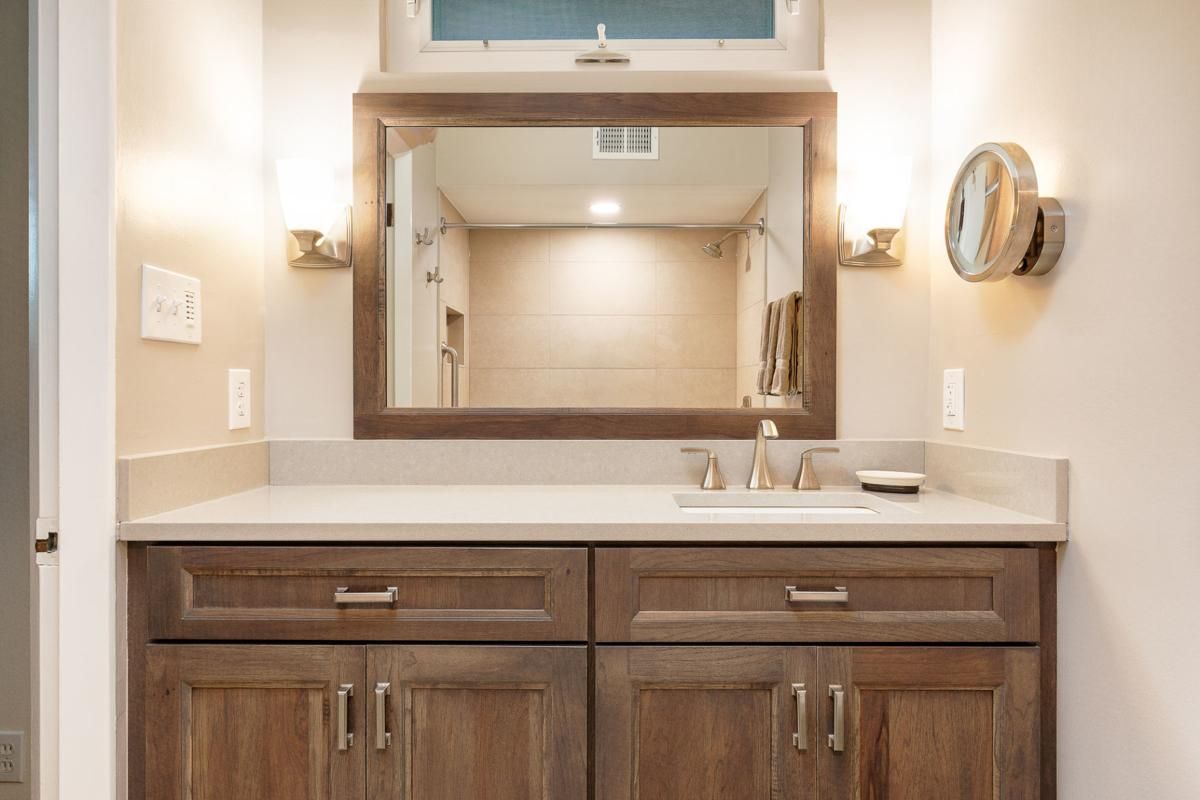
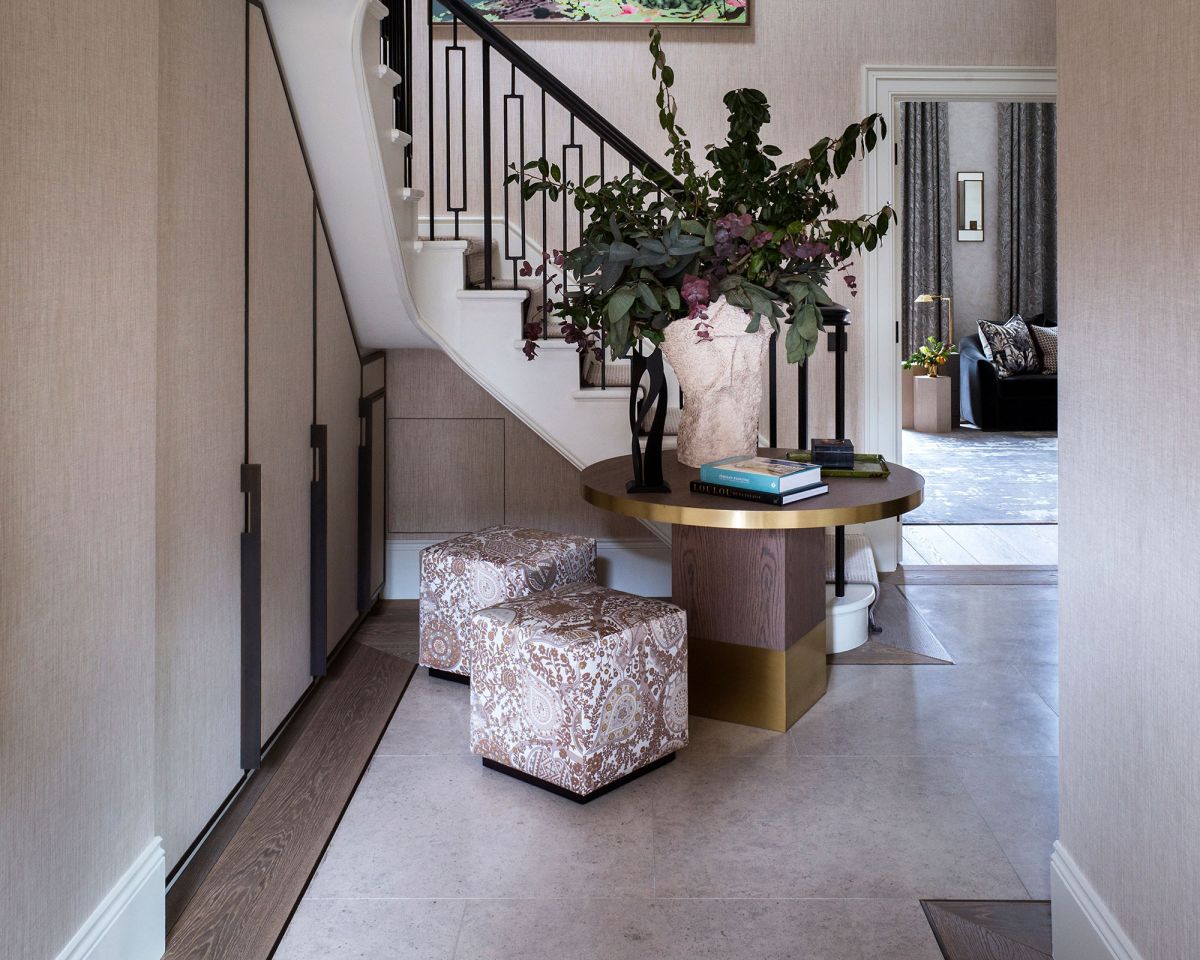
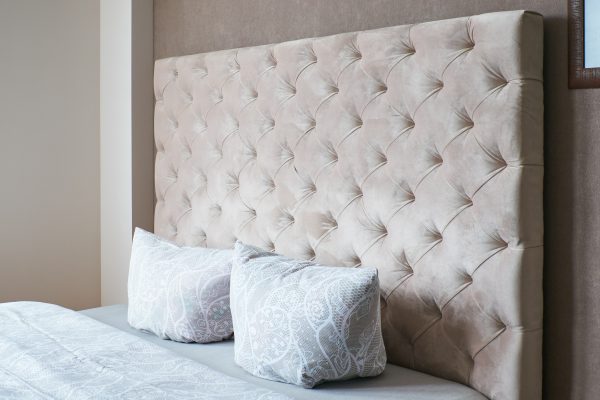
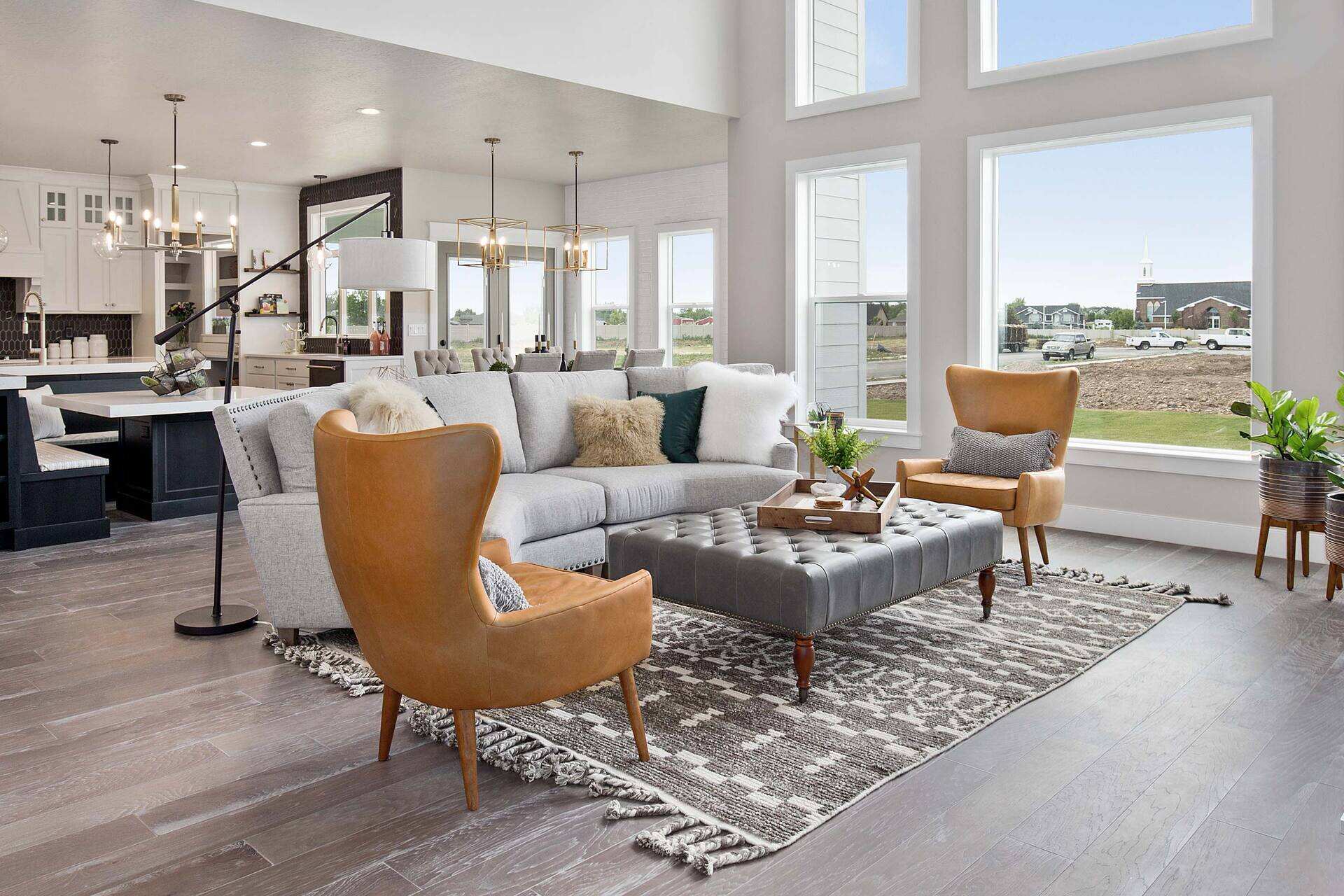
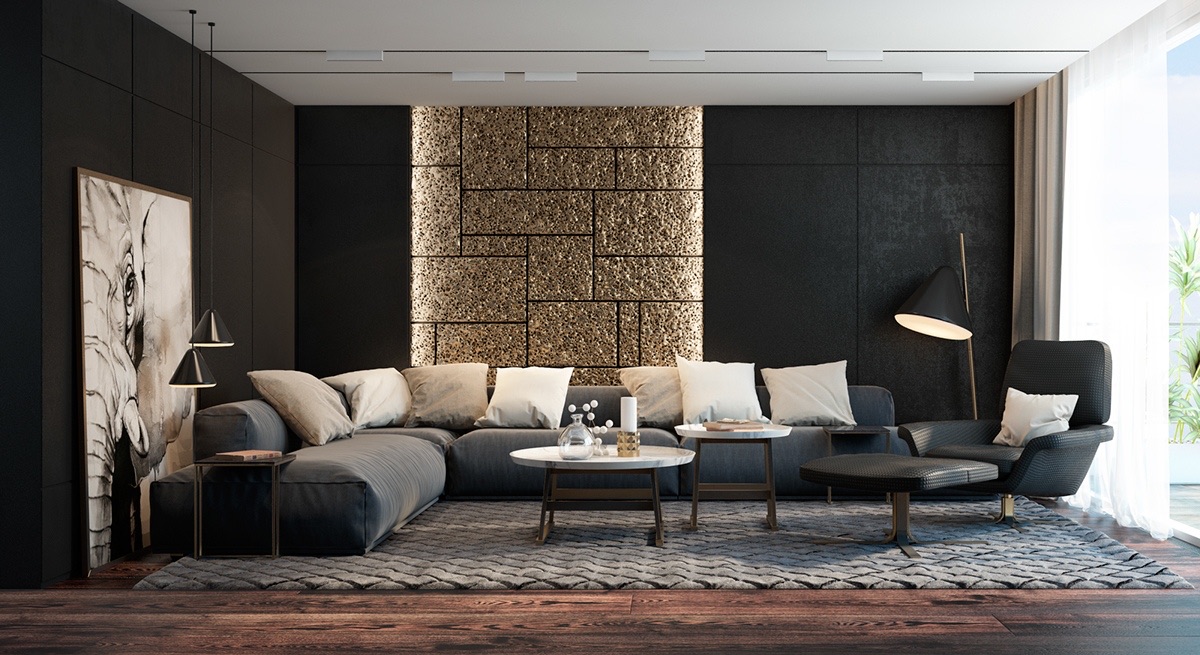
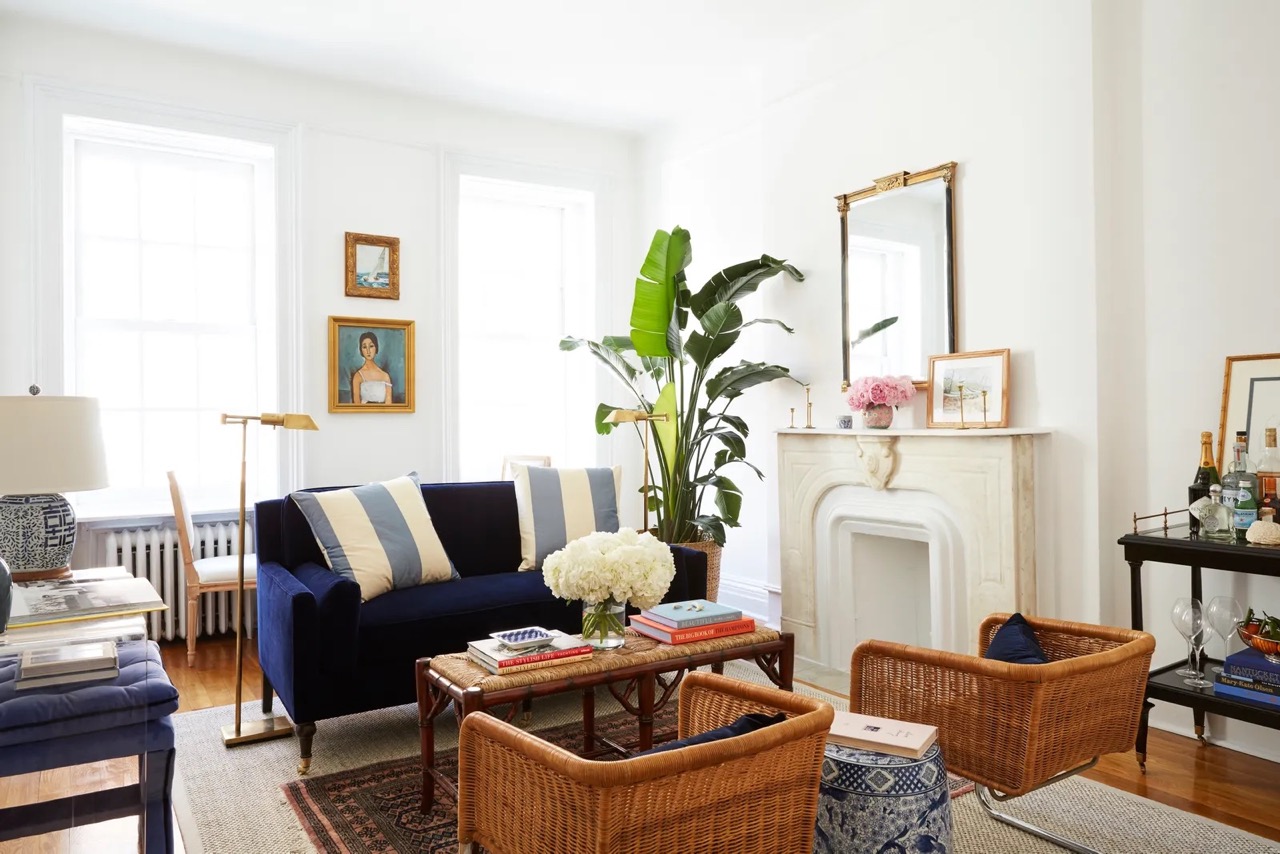
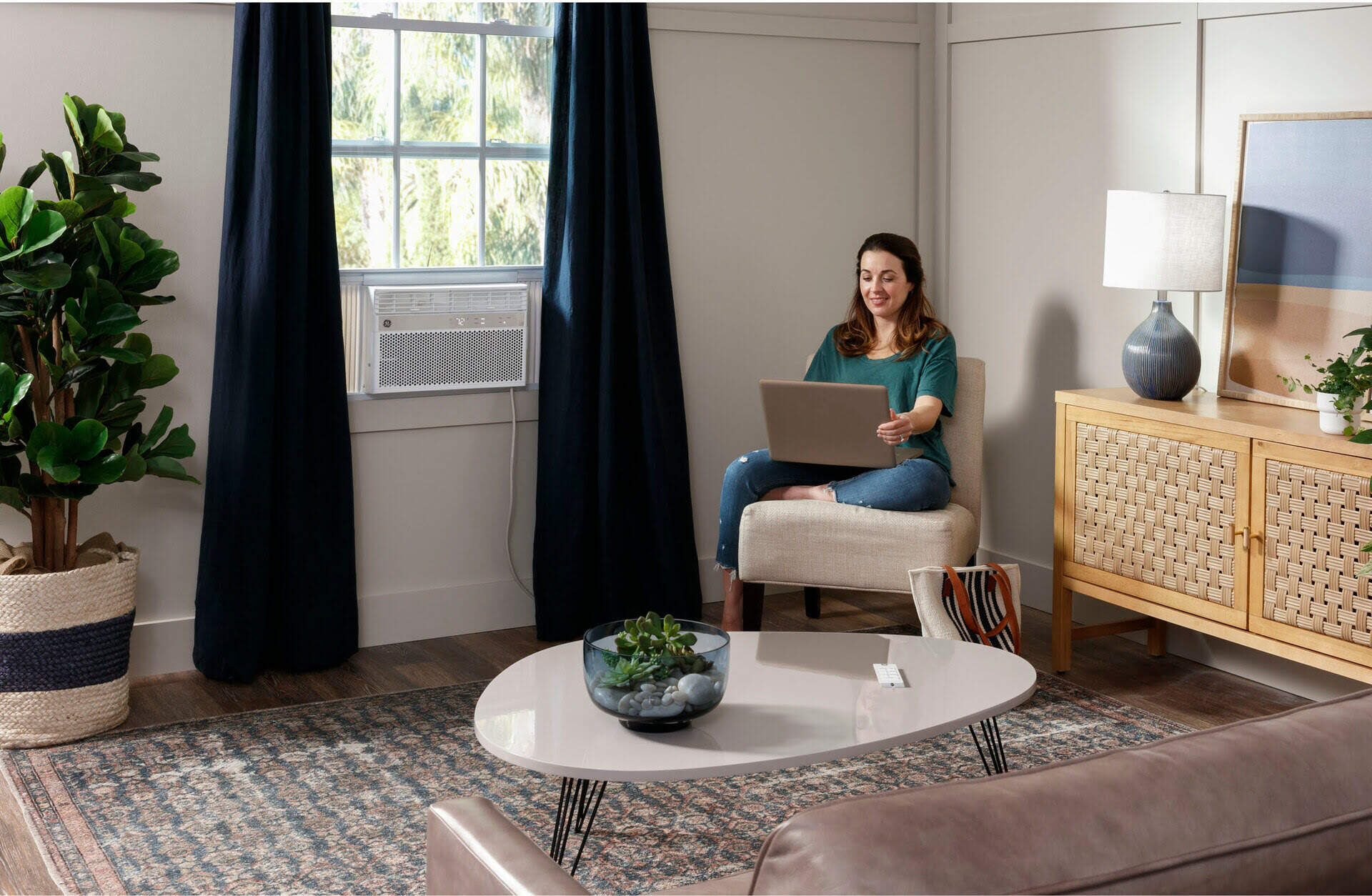

0 thoughts on “Designer Nina Campbell’s Essential Design Rules For Every Room In Your Home”